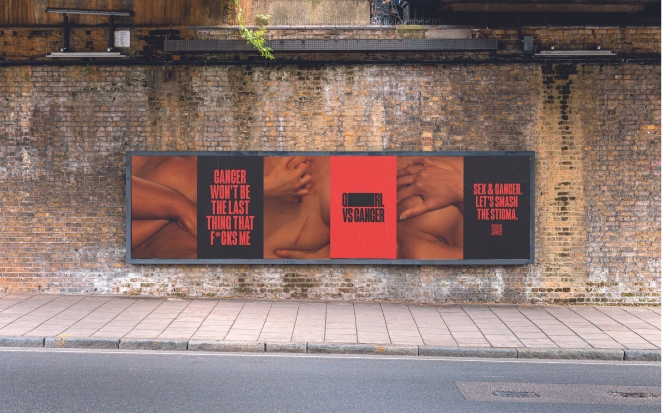The ban on “harmful gender stereotypes” that can into force in the UK thanks to the Advertising Standards Agency (ASA) back in 2019 is a move that, at the start at least, had its heart in the right place. In the ensuring five years, however, it’s become abundantly clear that nobody is clear yet on where best to use these new advertising codes.
A case in point is the ASA’s recent decision to ban a poster ad for Calvin Klein featuring an image of singer-songwriter FKA twigs with a denim shirt draped over her naked body. The placement of the shirt reveals “the side of a buttock and breast” and was supposedly banned for objectifying women and appearing on an untargeted medium. I mean, it’s bullshit (IMHO) but what really got people talking was the hypocrisy behind the decision.
You see, while the watchdog was quick to ban the FKA twigs ad but not so quick to ban two equally salacious ads (also for the underwear brand) featuring Kendall Jenner or The Bear star Jeremy Allen White, the latter of which was so unabashedly sexually charged it might as well have been an Attitude magazine cover.
FKA twigs rightly called out the ASA for banning the ad in an Instagram, stating: “I do not see the ‘stereotypical sexual object’ that they have labelled me,” she said. “I see a beautiful strong woman of colour whose incredible body has overcome more pain than you can imagine.”

The 'not-banned' Kendal Jenner ad
When approached for comment, the ASA responded: “We judged that the ad featuring FKA twigs broke our rules on objectification and inappropriate targeting. We keep our rules under review but there is no current plan to revisit the one that prohibits harmful gender stereotypes. It is based on comprehensive public research, which showed the potential harm that can arise from these stereotypes, both to women and men.”
It’s worth noting that the ASA also recently banned a Girl vs Cancer ad by BBH for using the word "f*ck". The poster was part of a campaign that addressed sex for people living with or beyond cancer. The ASA said the ad was “likely to cause serious and widespread offence and was inappropriate for display in an untargeted medium where children could see it.”
So, the question is, where do should the watchdog be drawing the line between creative censorship and “protecting the children?” And, more pertinently, why is one half-naked women more “offensive” than another half-naked woman or an almost completely naked man? The banning of the ad is not just about the ad itself, of course, but also about what it symbolises in the broader context of societal norms and creative expression.

The 'banned' Girl vs Cancer ad
The ASA's decision, while perhaps well-intentioned in its aim to combat harmful stereotypes, seems to have overlooked the multi-faceted nature of this specific portrayal – the artistry and, of course, the creativity. FKA twigs' self-described representation as a "beautiful strong woman of colour" who has endured significant personal challenges is a powerful statement that arguably transcends physical objectification. It’s not just as an image to be sexualised, but a narrative of strength, resilience, and empowerment.
The public's reaction, meanwhile, particularly on social media, indicates a keen growing awareness and rejection of one-dimensional narratives. Fans and supporters of the artist and advocates of creative freedom, in general, have been vocal in their criticism of the ASA's decision and I’m right behind them. It perpetuates a worrying double standard and fails to appreciate the diverse ways in which women, especially women of colour, choose to represent their stories and identities.
This incident also shines a light on the concept of "Fancom," as described by M&C Saatchi Sports & Entertainment’s head of cultural impact Bukola Garry as something that “represents a shift towards community-driven narratives where fans are not just passive consumers but active participants in shaping the cultural and creative landscape.” According to Garry they “challenge the status quo, pushing back against monolithic narratives and advocating for a more inclusive and varied representation.”

The 'not-banned' Jeremy Allen White ad
The question then arises: how deeply did the ASA truly delve into understanding the context and intent behind the Calvin Klein ad before deciding to ban it? Did it even try? It appears that the decision may have been a knee-jerk reaction that couldn’t consider the increasingly nuanced ways in which art and advertising intersect with societal issues.
This is not just about a single ad but about the broader implications for creative expression and the representation of diverse identities in the media and that’s why I personally think the ASA needs to reconsider its approach to regulating ads, especially those that challenge conventional norms and stereotypes.
It's time for regulatory bodies to evolve and adapt to the changing landscape of media and society, where diverse narratives are not only accepted but openly celebrated.






